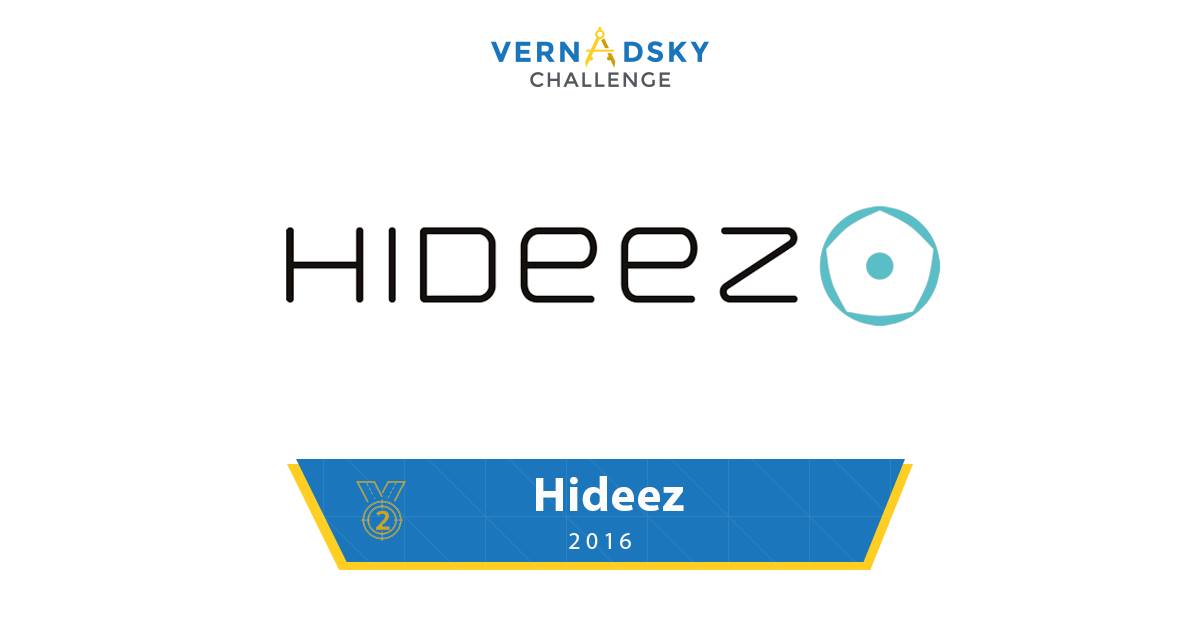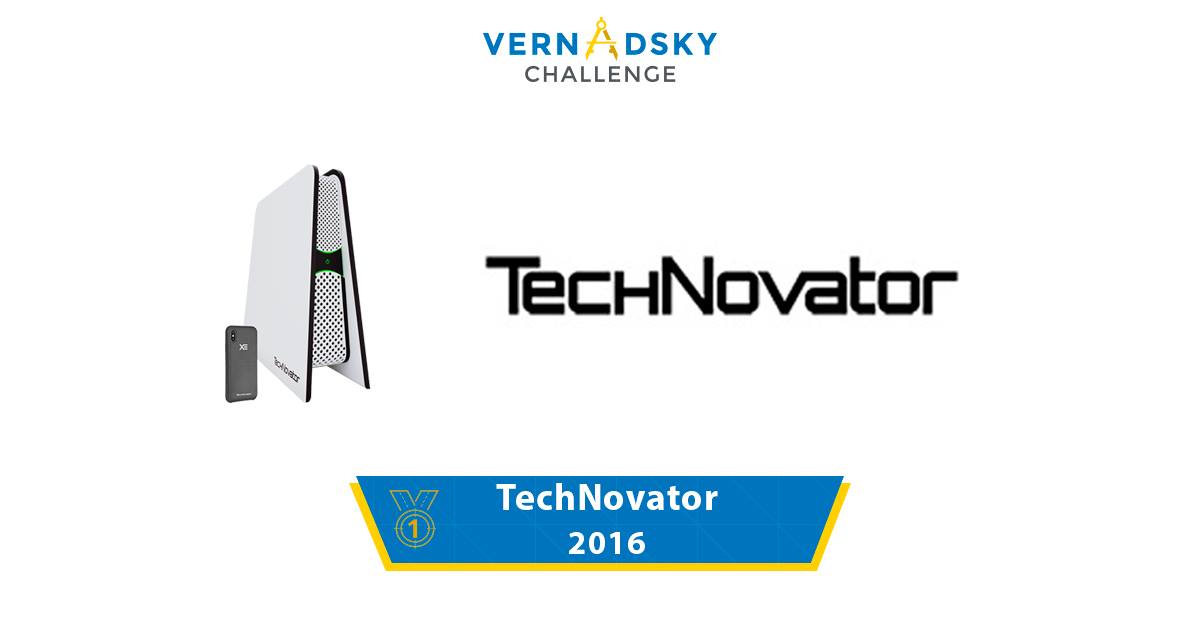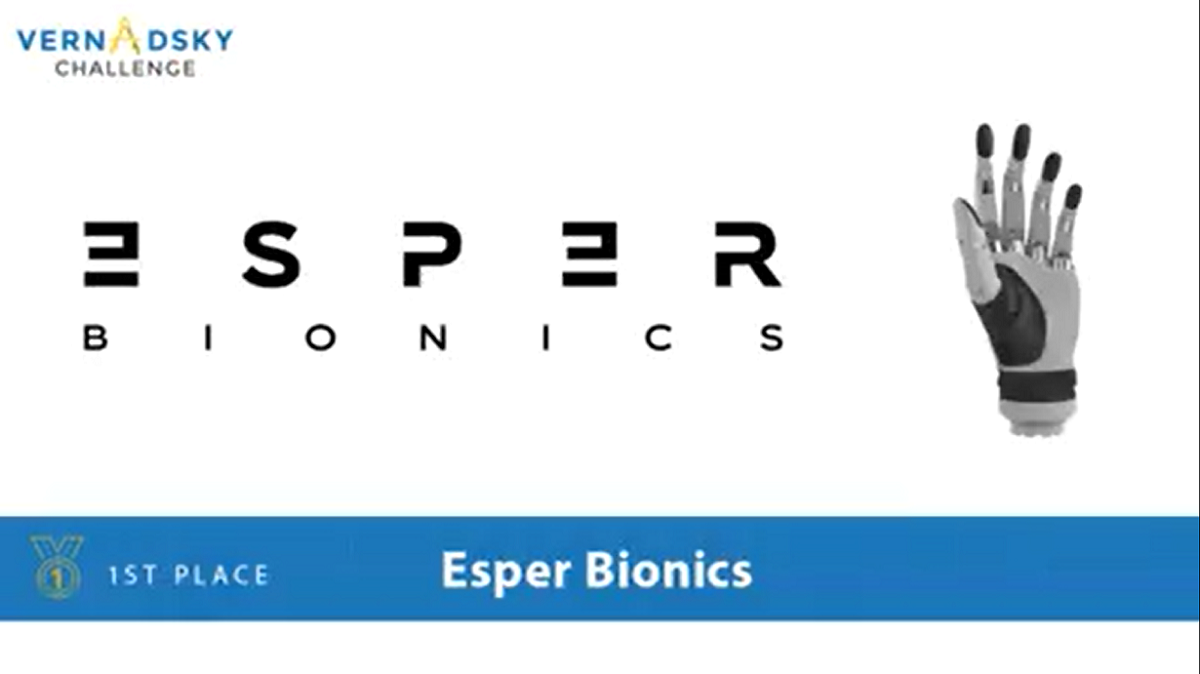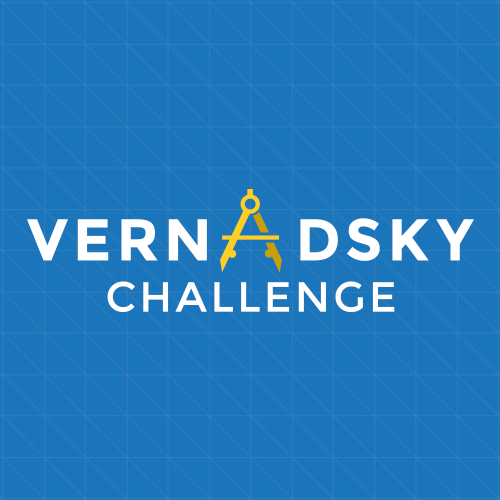The Vernadsky Challenge is an engineering startup competition organized by Association Noosphere since 2015 and provides opportunities to develop promising projects and innovative ideas. Over the past 5 years, 649 projects have entered the competition, of which 45 have become finalists. Each finalist has their own achievements and success story. We interviewed a few to see how the projects have developed since the Vernadsky Challenge. Three innovative Ukrainian startups, whose success proves that nothing is impossible on the path towards your goals, shared their plans, tips and achievements with us. Read their stories and get inspired!
The first finalist we spoke with was Hideez, who took 2nd place at the 2016 Vernadsky Challenge. Hideez has developed a device designed to facilitate the management and storage of personal passwords, credentials, digital signatures, etc. Oleg Naumenko, CEO of Hideez, shared their achievements after the competition and gave helpful hints for future Vernadsky Challenge participants:

What is the stage of the project?
Hideez released the third generation of Hideez Key. The new version includes a new FIDO2 authentication standard that is very popular in the United States, and we received certification in the USA. Also, we have started working towards licensing our developments to other vendors. Production is in progress for the first batch of digital signature wireless media in Ukraine.
What is the biggest challenge you have overcome during the project?
The biggest challenge was learning the rules and requirements for security solutions in the US market and obtaining certification.
What are your next plans? Do you plan on developing and launching new products and expanding the geography of your activity?
Our next plans are expanding the functionality of the solution by implementing new authentication technologies. We plan on entering the European market.
What tips do you have for future Vernadsky Challenge participants?
It is very important to know and hear your client before development begins. Analyze the market and build a sustainable and scalable business model. The Vernadsky Challenge gave us a great start and built our confidence. I wish victory to you all and a successful product pitch.
The next finalist we talked to was TechNovator. It is a startup that develops wireless energy transfer technology that can be used to charge different devices. TechNovator took first place at Vernadsky Challenge 2016. The startup team told us about post-competition improvements to the project and their plans for the future:

What stage is the project at?
We have made a lot of progress in the development of our technology over the past year. Today our project enables charging high power devices up to 200 watts. Multiple devices can be charged at the same time. The technology can be easily integrated into various products such as electronic gadgets, drones, scooters, medical devices, and others. Additionally, there is great potential for further development of the technology in the future. We plan to be able to charge more powerful products over greater distances.
Does your device require a carrying case? Is it possible to use your gadget with different types of devices, such as laptops or smartwatches?
In both instances, our technology can be integrated directly into the devices. The carrying case is not necessary while our technology charges your laptops or smartphones.
How do you plan to develop the project in the future?
Over the past year, TechNovator has received a proposal to launch a pilot project with a global company and has received many requests from other companies to integrate our technology into existing products. In the near future, we plan to integrate our technology into several gadgets and plan to have market-ready products in a year. While this happens, we are also continuing to further develop our technology. In the future, we want to integrate our technology into pacemakers, which will reduce surgeries related to replacing batteries.
What is the biggest challenge you have overcome during the project?
TechNovator is a deeply technological project. For us, the most important thing was to develop science. The past year has been difficult but very productive. We now understand that our technology could become a new standard in energy transmission. At the end of last year, the technology successfully passed the human-standard safety tests. We recently received a grant for the development and research of our technology. We still have many more important milestones that need to be overcome in the future as far as integration, standardization and market development are concerned.
What advice do you have for future Vernadsky Challenge participants?
We want to tell the Vernadsky Challenge participants to be creative, to believe in yourselves and in what you are doing, to be prepared for the difficulties and obstacles. Find your way and work hard. And most importantly, be a reliable team of like-minded people who ready to go all the way.
Last but not least, we caught up with Esper Bionics, who seized first place at the 2019 Vernadsky Challenge. The startup develops the world’s first bionic prosthesis to use machine learning. Esper Bionics told us about the challenges they faced while working on the project and shared advice for future Vernadsky Challenge participants.

How did you get the idea to create a prosthesis with Machine Learning?
When we looked into prostheses, we saw less than 1% of people wear them. We realized that, aside from the obstacle of price, there was also the issue of functionality. The main obstacles in functionality are complex control, long-term adapting to using a prosthesis, and the awkward switching of the grip.
We asked ourselves, why should a person have to learn to use a prosthesis and adjust to it, and not the other way around? We are developing a prosthesis to make life easier, to regain a person’s lost abilities and also to give something extra. And our use of machine learning makes our prosthesis easier to use, a very personalized and individual tool that adapts to human behavior and habits. This makes it easier to use, saves time, and most importantly you don’t always have to think about switching grips. The prosthesis does this automatically so the wearer feels more natural and comfortable.
Why this name – Esper?
Like most companies in the industry, the word “Bionic” is present in the name of the company or product. Open Bionics, BeBionic, Touch Bionics, etc. Since we were in the same industry, we chose to use this term, in following the traditions of the industry. This also works for us because it is immediately clear what the company is doing (for those who work in this market).
But with the rest of the name, we had to experiment. We were looking for something that would reflect the main purpose of the project, not the development of a bionic prosthesis but augmenting a person’s opportunities and skills, giving them extra possibilities and prolonging their life.
Somehow our CEO suggested the name – Esper. We can’t remember how exactly it came to him, but the meaning of the name was perfect. Esper is a person with supernatural abilities, something extra that the majority of people don’t have. There was no point in looking further, we all knew that we had our name right away. So we became Esper Bionics. The literal meaning of EsperBionics is giving a person extraordinary abilities through technologically improving their body.
What stage is the project at?
We are currently preparing to fit the prosthesis to its first user. It will be the first long-term volunteer testing of our prosthesis. This is not yet a market version of the product but is as close to one as possible. As soon as the volunteer gives us feedback on the product, we can refine the mechanics and begin certification. This is the first version of the prosthesis, without machine learning incorporated. By the summer, hopefully, the machine learning platform will be ready, and then our prosthesis will be connected. We plan to have future third-party prosthesis connected to our platform. We are currently in an active fundraising phase. We communicate with investors, venture funds and government organizations. We are looking for “smart money”, not just investment, so the process takes a long time.
We received a request from the European Organization to supply developing countries with low-cost, functional prostheses. We are now considering this opportunity.
What is the biggest challenge you have overcome during the project implementation?
Probably engineering. We have formed a cool team, inspired by the project and the challenges we face throughout implementation. Although our engineers don’t have experience and expertise in working with such complex products, we are pleased with the result.
We decided to start with the most difficult task first and develop the smallest size prosthesis for women. All available prostheses are massive, cumbersome and attract a lot of attention. Putting all the electronics and motors and applying mechanics into a prosthesis of this size was a daunting task. At times it seemed even hopeless. But we managed it. And now, when we show the prototype of the prosthesis we often hear approval about the size, anatomy, and ease. The prosthesis turned out dainty and very aesthetic. There have even been cases where it could be acceptable for a child. We are happy about that and are confident that we have conquered this challenge. But there are many more ahead, so we are not slowing down.
How do you plan to develop the project in the future? Do you plan to develop a prosthesis for other parts of the body?
Entering markets in the US, Canada and Europe is still our top priority after product development. We plan to implement our Machine Learning platform as a standalone product that can connect other prostheses on the market. We are not only talking about upper limb prostheses but also lower limbs, orthoses, exoskeletons and many prosthetic products. This is a huge field and we aim to develop in that direction as well.
The development of prostheses for other parts of the body is not quite on the horizon yet. We need to actively launch a prosthetic arm on the Ukrainian market, and then we will revisit that. It all depends on the market and the demand.
What winning advice do you have for participants of the Vernadsky Challenge?
Treat your startup not just as a product, but as a full-fledged business. To demonstrate growth potential, a proven and working business model and scalability are just as important as developing a cool innovative product. Unfortunately, this is often forgotten.
These three startup success stories motivate the Vernadsky Challenge team to work even harder to cultivate the innovation community of Ukraine and the world. We also hope that these stories inspire you to compete in Vernadsky Challenge 2020 and get your chance to win the 2 million UAH grant from Noosphere. Registration for Vernadsky Challenge 2020 is already open and you can apply here.
